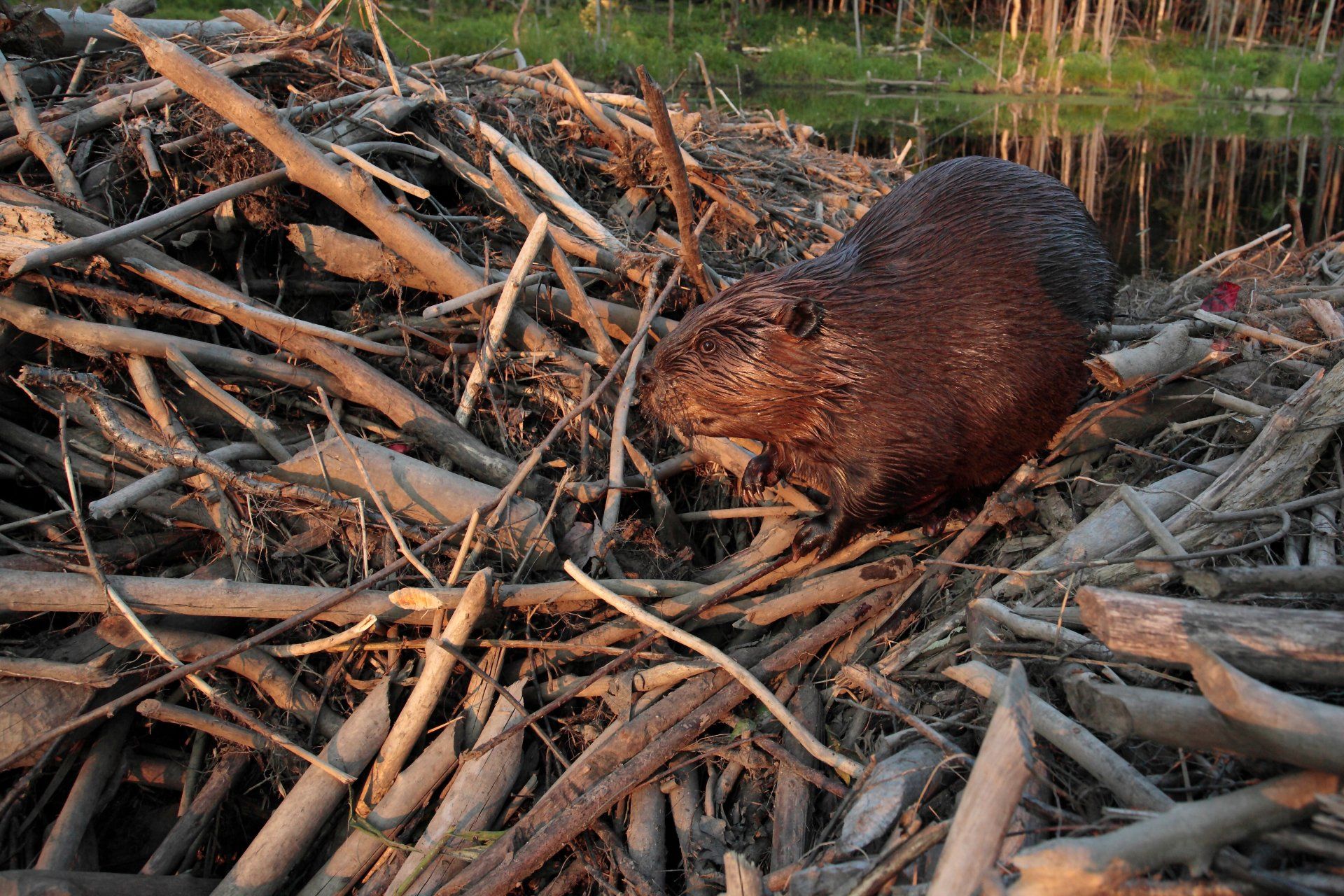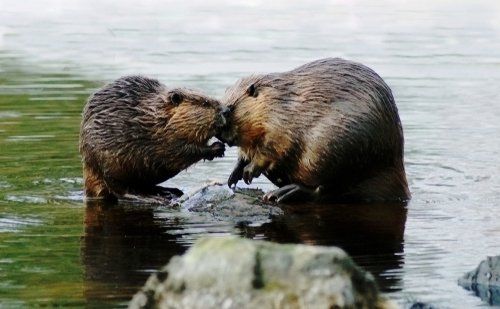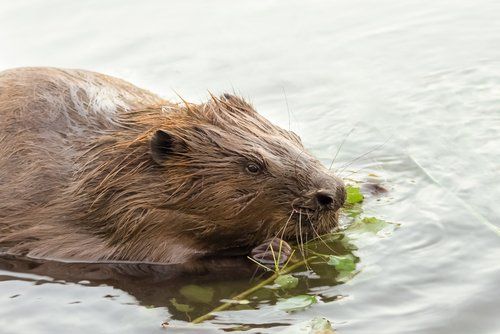Island of CourageApply Through Courage

Gowi /GOU-wee/ Get On With It
- Apply knowledge once you are aware it is applicable.
- Self-discipline/implementation is the foundation of strength of character.
- Without implementation, the agreements we make lack integrity.
- Knowledge in action increases SAPA (Self-Awareness and Positive Attitude) and reduces fear.
- Implementing Gowi increases effectiveness and efficiency.
- It overcomes procrastination.
- It reduces stress.
Recommended Path:
2
- “Wisdom is developed by gathering the firewood of knowledge and igniting it by striking the flint of courage against the rock of self-discipline, thus creating fires of understanding. Wisdom is, therefore, knowledge on fire.” ~ Roger Anthony
- What does this quote have to do with Gowi?
- Listen to Gowi the Beaver.
- Record your thoughts and impressions.
- Read through the beaver fact .
- After reading the animal facts and listening to the song, how could you liken the beaver to implementing what you agreed to do or just getting on with it?
- Spend time exploring what your core books teach about Gowi (Get On With It). Study the words implement, act, and wisdom.
- Have you experienced Gowi in your own life?
4
1. Beavers are hard workers. They are monogamous rodent mammals that spend much of their time in rivers, lakes, and ponds. In shallow water, they build dams to create a deep pool, where they will construct their homes, called lodges, to house their colony.
2. A beaver’s powerful tail is used for balance on land, steering in the water, for alerting other beavers of danger, and to warn off a potential predator.
3. A beaver has transparent eyelids that enable it to see clearly when swimming underwater.
4. Beavers frequently gnaw wood to cut large logs and branches down to size. This practice prevents their teeth from getting too long since they never stop growing.
5. Beavers play an essential part in the ecosystems they inhabit by providing deep bodies of water for animals to drink from and even live in. When beavers cut down trees, seeds spread and grow other trees closer to the beavers’ lodge for their convenience.
6. Beavers are social animals. Their homes feature a mudroom where they dry off after coming through the underwater entrance and a separate chamber for their living quarters. The mud and sticks used to build the lodges become so hard that even wolves cannot penetrate them.
7. What else can you learn about beavers?







